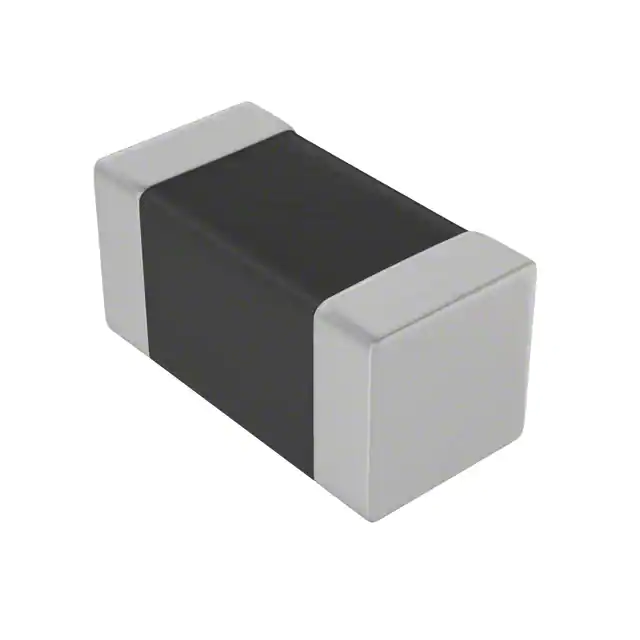Release Date: 03-29, 2024
What is Circuit Protection Technology?

Circuit protection technology refers to the various methods and devices used to ensure the safe and reliable operation of electrical circuits. It involves the use of protective measures to prevent damage to electrical equipment, minimize risks to personnel, and maintain the integrity of the electrical system.
1. Overcurrent Protection
Overcurrent protection is one of the fundamental aspects of circuit protection technology. It involves the use of devices such as fuses and circuit breakers to detect and interrupt excessive current flow in a circuit. These protective devices are designed to prevent damage to the circuit components and reduce the risk of fire or electrical hazards.
Fuses are typically rated based on their current-carrying capacity and are designed to melt and create an open circuit when the current exceeds a certain threshold. Circuit breakers, on the other hand, use electromechanical or electronic mechanisms to detect overcurrent conditions and trip the circuit open. Both fuses and circuit breakers provide essential protection against short circuits, overloads, and other abnormal current conditions.
2. Voltage Protection
Voltage protection is another crucial aspect of circuit protection technology. It involves the use of devices such as surge protectors and voltage regulators to safeguard electrical equipment from voltage fluctuations and transients. These protective devices help prevent damage to sensitive components and extend the lifespan of the electrical system.
Surge protectors are designed to divert excessive voltage spikes and transients away from connected equipment. They contain specialized components such as metal oxide varistors (MOVs) or gas discharge tubes that can rapidly absorb and dissipate excess energy. Voltage regulators, on the other hand, regulate the voltage output to ensure a stable and consistent supply to connected devices, preventing potential damage from high or low voltage conditions.
3. Ground Fault Protection
Ground fault protection is essential for ensuring electrical safety in circuits. It involves the use of ground fault circuit interrupters (GFCIs) and residual current devices (RCDs) to detect and interrupt ground faults, thus preventing electric shock hazards.
GFCIs constantly monitor the current flowing through a circuit and quickly interrupt the circuit when an imbalance is detected between the incoming and returning currents. This helps protect against electric shock by rapidly disconnecting the power supply. RCDs, on the other hand, provide similar protection by detecting ground faults and automatically disconnecting the circuit to prevent electric shock incidents.
4. Temperature Protection
Temperature protection is crucial in circuits where excessive heat can lead to component failure or hazardous conditions. This involves the use of temperature sensors, thermal cutoffs, and thermal overload protectors.
Temperature sensors monitor the temperature of the circuit or specific components and can trigger protective measures when a preset threshold is exceeded. Thermal cutoffs and overload protectors respond to excessive heat conditions by interrupting the circuit or reducing the power supply to prevent damage or fire hazards.
5. Electromagnetic Interference (EMI) Protection
EMI protection is vital in circuits where electromagnetic interference can cause disruptions or damage to sensitive equipment. It involves the use of shielding materials, filters, and ferrite cores to minimize the impact of electromagnetic noise.
Shielding materials, such as conductive coatings or enclosures, create a protective barrier that prevents external electromagnetic waves from entering the circuit. Filters, on the other hand, attenuate specific frequency ranges to reduce the impact of EMI. Ferrite cores are often used to suppress high-frequency electromagnetic interference by absorbing and dissipating the unwanted noise.
In conclusion, circuit protection technology plays a critical role in ensuring the safety and reliability of electrical circuits. By implementing appropriate protective measures such as overcurrent, voltage, ground fault, temperature, and EMI protection, potential hazards can be minimized, and the performance of electrical systems can be optimized.